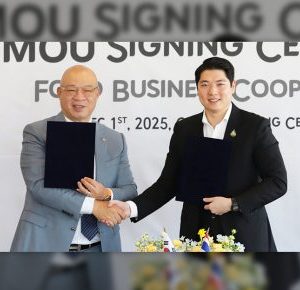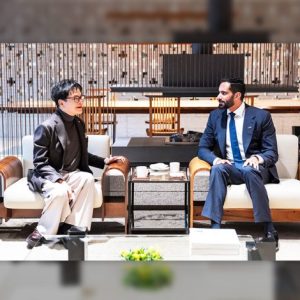Embracing the heat: Explore America’s newest food trend and little-known facts about spicy food
Trend alert: Spicy food is stealing the culinary spotlight.
From coast to coast, Americans are embracing the heat like never before. Fast-food chains are jumping to meet the palette shift quickly, adding a host of spicy options to cater to the heightened demand for eye-watering, mouth-burning delicacies. This move towards spicy food has gained so much traction that Nestle USA has singled it out as this year’s noteworthy food industry trend.
Spicy food is no longer just about flavor preference: For some, it has turned into an entire lifestyle. While this can be seen as a big step in the U.S. – a country more traditionally focused on mild flavors – the benefits of eating spicy food and its cultural significance are often sidelined. So before you grab the hot sauce bottle at your next meal, join CJ Newsroom as we explore some little-known facts about spicy food.

Spicy Food Could Help Reduce Stress
Every avid K-drama fan has witnessed at least one scene where the main characters, in times of hardship, turn to spicy food like tteokbokki to help them forget their problems. While it may be something of a K-drama cliché, indulging in spicy foods to relieve stress is not just a cultural myth. There is some legitimacy to the theory.

Researchers have discovered that capsaicin, the active component in chili peppers that causes the hot sensation, releases endorphins, the feel-good neurotransmitters in our brains. When eating spicy food, think of the phrase “What doesn’t kill you makes you stronger.” If you can muscle through the burn, it could help you cope with stress and give you some tension relief.

Mindset and Maturity
But what about the cultural impact of spicy food? In Korea, the ability to handle spice is often associated with maturity and resilience. The desire to display this maturity is so strong that it led to the birth of the slang term “maepbusim,” a word that conveys a feeling of satisfaction in one’s ability to tolerate spicy food.
Koreans’ pride in their impressive spice tolerance is nothing new, and the country’s cuisine has long been associated with piping-hot stews – or “jjigaes” – that pack a spicy punch. Hot foods are eaten in Korea so often that many actively crave spice, as demonstrated by traditional cooking and dining staples like kimchi – fermented cabbage that often has a delicious, spicy tang – and the sweet and spicy fermented paste “gochujang,” both of which are integral to several of Korea’s best-loved dishes.
Beyond gaining respect, spicy food tolerance could even be associated with people’s outlook on life. One survey of 2,000 Americans found that spicy food eaters were more likely to find themselves attractive, enjoy trying new things and feel overall more content with their lives than those who stay on the mild side.

If you want to spice up your dishes, add some heat to your winter meals with bibigo Kimchi, Go-Chu-Jang, GOTCHU Hot Sauce and more, all available at the official bibigo USA website.











